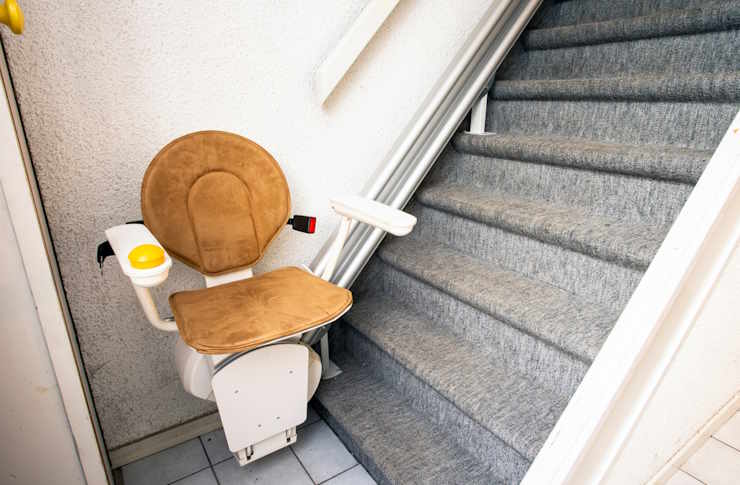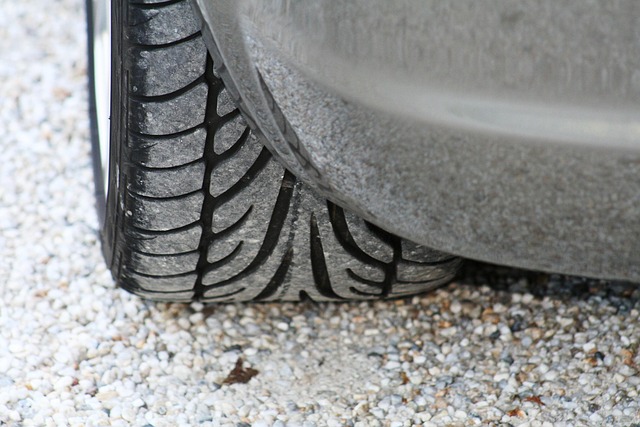Considering a Stair Lift? What to Know About Home Mobility Solutions
For many people with limited mobility, stairs can become a daily challenge. Stair lifts offer a practical and reliable way to move safely between floors at home, without the need for major renovations or assistance. This article explains how stair lifts work, what features to consider, and how they may support a more comfortable and independent lifestyle.

How do stair lifts actually work?
Stair lifts are motorized chair systems designed to transport individuals up and down staircases. They typically consist of a chair or seat attached to a rail system that runs along the staircase. The lift is powered by a battery-operated motor, ensuring operation even during power outages. Users can control the lift’s movement using a joystick or push-button control on the armrest. Most modern stair lifts also come with remote controls, allowing users to call the lift to their floor when needed.
What types of stair lifts are available for different home layouts?
Stair lifts come in various designs to accommodate different staircase configurations:
-
Straight stair lifts: These are the most common and simplest to install, designed for straight staircases without turns or landings.
-
Curved stair lifts: Custom-made for staircases with curves, turns, or intermediate landings. They offer a smooth ride around corners and across different levels.
-
Outdoor stair lifts: Weather-resistant models designed for exterior staircases, such as those leading to a porch or garden.
-
Standing stair lifts: For users who have difficulty sitting or prefer to stand, these lifts provide a small platform to stand on while ascending or descending.
-
Perch seats: A compromise between sitting and standing, these seats allow users to lean against them in a semi-standing position.
What are the key safety and comfort features to look for?
When considering a stair lift, prioritize models with these essential safety and comfort features:
-
Seat belts or harnesses to secure users during transit
-
Obstacle detection sensors that stop the lift if something blocks its path
-
Swivel seats for easier entry and exit, especially at the top of stairs
-
Foldable seats and footrests to save space when not in use
-
Smooth start and stop functionality to prevent jerky movements
-
Key lock systems to prevent unauthorized use, especially important for households with children
-
Battery backup to ensure operation during power outages
-
Adjustable seat height and armrest width for personalized comfort
How does the installation process work, and what home preparation is needed?
The installation process for a stair lift typically involves the following steps:
-
Assessment: A professional assessor visits your home to measure the staircase and discuss your specific needs.
-
Customization: Based on the assessment, a stair lift is customized to fit your staircase perfectly.
-
Installation: Trained technicians install the rail system along your staircase, typically securing it to the stair treads rather than the wall. This process usually takes a few hours for straight staircases and potentially a full day for curved ones.
-
Testing and training: After installation, the technicians will thoroughly test the lift and provide training on its safe operation and maintenance.
Home preparation is minimal, as most stair lifts are designed to be installed with little to no structural modifications. However, you may need to:
-
Clear the staircase of any obstacles or decorations
-
Ensure there’s a power outlet near the top or bottom of the stairs for charging
-
Consider relocating any items that might obstruct the lift’s path
Who can benefit most from installing a stair lift?
Stair lifts can significantly improve quality of life for various individuals, including:
-
Elderly individuals with mobility issues or balance problems
-
People with chronic conditions affecting mobility, such as arthritis or Parkinson’s disease
-
Individuals recovering from surgery or injury
-
Those with heart or lung conditions that make climbing stairs difficult
-
Caregivers who assist individuals with mobility challenges
In Worldwide, the aging population has led to increased interest in home mobility solutions. Stair lifts not only provide independence but also allow people to age in place, avoiding the need to move to single-level homes or assisted living facilities.
What are the typical costs and options for stair lift installation?
The cost of a stair lift can vary significantly based on factors such as the type of staircase, desired features, and installation complexity. Here’s a general overview of stair lift costs and options:
| Type of Stair Lift | Average Cost Range | Installation Time |
|---|---|---|
| Straight Stair Lift | $2,000 - $5,000 | 3-4 hours |
| Curved Stair Lift | $8,000 - $15,000 | 1-2 days |
| Outdoor Stair Lift | $3,500 - $8,000 | 4-6 hours |
| Standing Stair Lift | $3,000 - $6,000 | 3-4 hours |
Prices, rates, or cost estimates mentioned in this article are based on the latest available information but may change over time. Independent research is advised before making financial decisions.
When considering a stair lift, it’s important to factor in not just the initial purchase and installation costs, but also potential maintenance fees and the long-term value it adds to your quality of life. Many companies offer rental options or reconditioned units, which can be more cost-effective for temporary needs or budget constraints.
In conclusion, stair lifts provide a valuable solution for those facing mobility challenges at home. By understanding the types available, key features to consider, and the installation process, you can make an informed decision about whether a stair lift is the right choice for your home mobility needs. With the right stair lift, many individuals can regain independence and safely access all levels of their homes, enhancing their overall quality of life.
This article is for informational purposes only and should not be considered medical advice. Please consult a qualified healthcare professional for personalized guidance and treatment.




